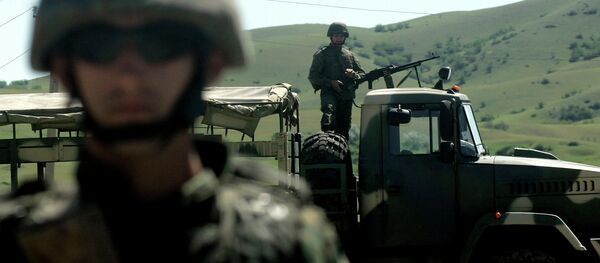“If they [the Russians] move into the Baltics… and there is no tripwire there, I doubt if there would be a reaction. And it would be the end of NATO,” the Senate Armed Services Chairman told Sputnik, following a hearing on US national security challenges.
The concept of a tripwire, McCain explained, is the positioning of American and NATO troops in countries sharing a border with Russia, in order to deter a Russian invasion, a scenario some leaders in the United States and NATO anticipate. Such a tripwire would involve a greater military presence than has been designated under NATO’s Readiness Action Plan, a program implemented in 2014 which increases troop rotations and readiness in Estonia, Latvia, Lithuania, and Poland, McCain said.
Instead, Brzezinski proposed creating a “tripwire” in Estonia or Latvia “that communicates clearly to Russia that NATO will be involved, that the United States in particular is present.”
Since the civil unrest in Ukraine, the United States and NATO have accused Moscow of interfering in Ukraine’s internal affairs, including multiple allegations of Russian troops' presence in the country. Russia has repeatedly denied these allegations.
Since March 2014, the NATO alliance has focused on a Readiness Action Plan to “deter Russian aggression," according to the alliance. The plan includes troop rotations along Russia’s western border, increased joint military exercises, and additional training and equipment to NATO partner states.
Under the NATO charter, the 26 member alliance is bound to a collective defense doctrine, stipulating that an attack against one or more of the partner states will be considered an attack on all.



